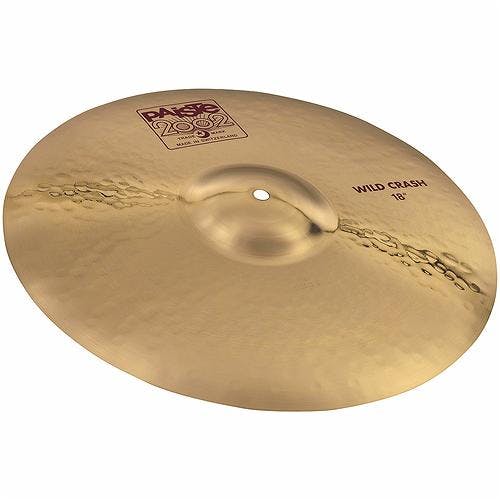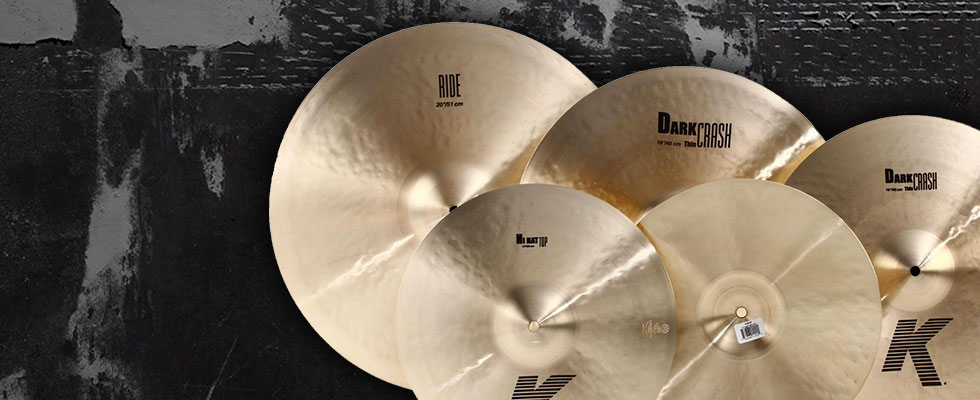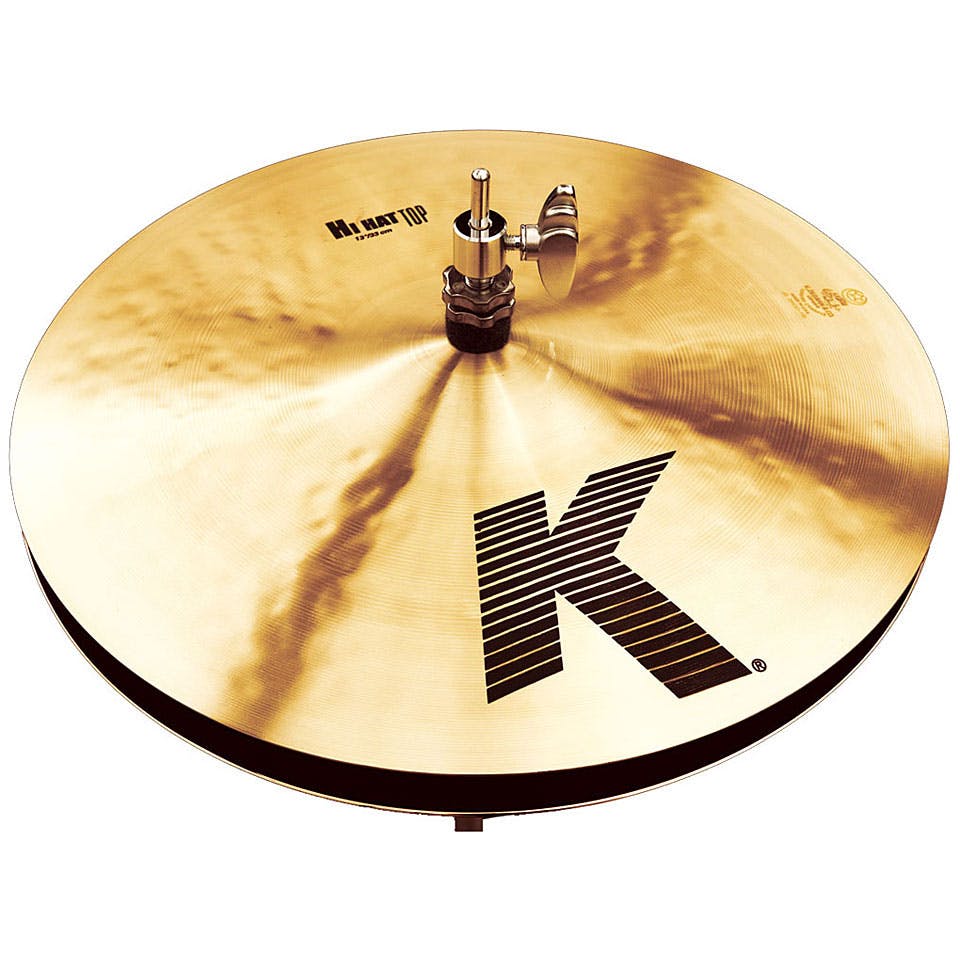You can probably imagine what a dark or bright cymbal sounds like by way of connotations. Just to confirm your theories, dark cymbals have a brooding stronger emphasis on lower tones, while bright cymbals sound crisper and focus on the higher frequencies.
There are, however, a few discrepancies in the mix. Everyone has a different reference point of what is dark or bright, so it’s not the same from one drummer to the next.
Here are a few general factors that can impact the dark or bright attributes of a cymbal:
- Size and thickness
- Polish
- Hammering
- Bell size
- Alloy
Cymbals have complex overtone structures, unlike a stringed instrument for example, which produces one clear note. A cymbal could potentially have a low fundamental pitch with emphasis on bright overtones.
There are two layers to the question – pitch and timbre. The former is most often referred to when referencing bright or dark, but the two go hand in hand. Despite the more uncommon previous example, a cymbal will usually have a higher pitch with bright tones and a lower one with dark tones.
We don’t have any metrics to categorise cymbals, so we have to rely on the brands telling us the purpose behind each range.







Responses & Questions